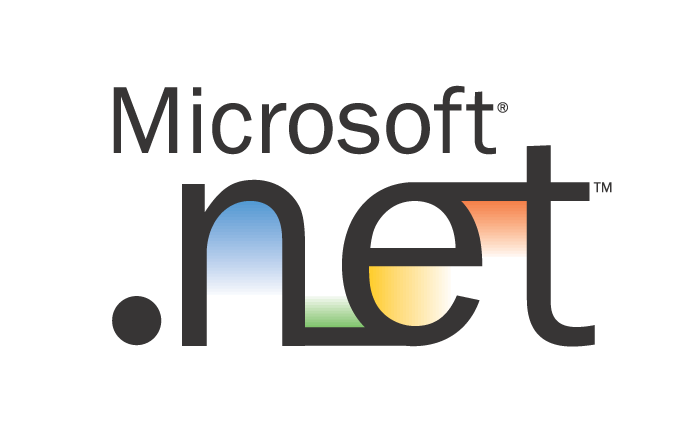
Event is an action or occurrence like mouse click, key press, mouse movements, or any system generated notification. The processes communicate through events. For example, Interrupts are system generated events. When events occur the application should be able to respond to it.
In ASP.Net an event is raised on the client, and handled in the server. For example, a user clicks a button displayed in the browser. A Click event is raised. The browser handles this client-side event by posting it to the server.
The server has a subroutine describing what to do when the event is raised; it is called the event-handler. Therefore, when the event message is transmitted to the server, it checks whether the Click event has an associated event handler, and if it has, the event handler is executed.
The common control events.
| Event | Attribute | Controls |
|---|---|---|
| Click | OnClick | Button, image button, link button, image map |
| Command | OnCommand | Button, image button, link button |
| TextChanged | OnTextChanged | Text box |
| SelectedIndexChanged | OnSelectedIndexChanged | Drop-down list, list box, radio button list, check box list. |
| CheckedChanged | OnCheckedChanged | Check box, radio button |
Some events cause the form to be posted back to the server immediately, these are called the postback events. For example, the click events like, Button.Click. Some events are not posted back to the server immediately, these are called non-postback events.For example, the change events or selection events, such as, TextBox.TextChanged or CheckBox.CheckedChanged, or DropDownList,SelectedIndexChanged.The nonpostback events could be made to post back immediately by setting their AutoPostBack property to true.
The default event for the Page object is the Load event. Similarly every control has a default event. For example, default event for the button control is the Click event.
The default event handler could be created in Visual Studio, just by double clicking the control in design view.
Common Page and Control Events
- DataBinding . raised when a control bind to a data source
- Disposed . when the page or the control is released
- Error . it is an page event, occurs when an unhandled exception is thrown
- Init . raised when the page or the control is initialized
- Load . raised when the page or a control is loaded
- PreRender . raised when the page or the control is to be rendered
- Unload . raised when the page or control is unloaded from memory
Application and Session Events
The most important application events are:
- Application_Start . it is raised when the application/website is started
- Application_End . it is raised when the application/website is stopped
Similarly, the most used Session events are:
- Session_Start . it is raised when a user first requests a page from the application
- Session_End . it is raised when the session ends


0 comments:
Post a Comment